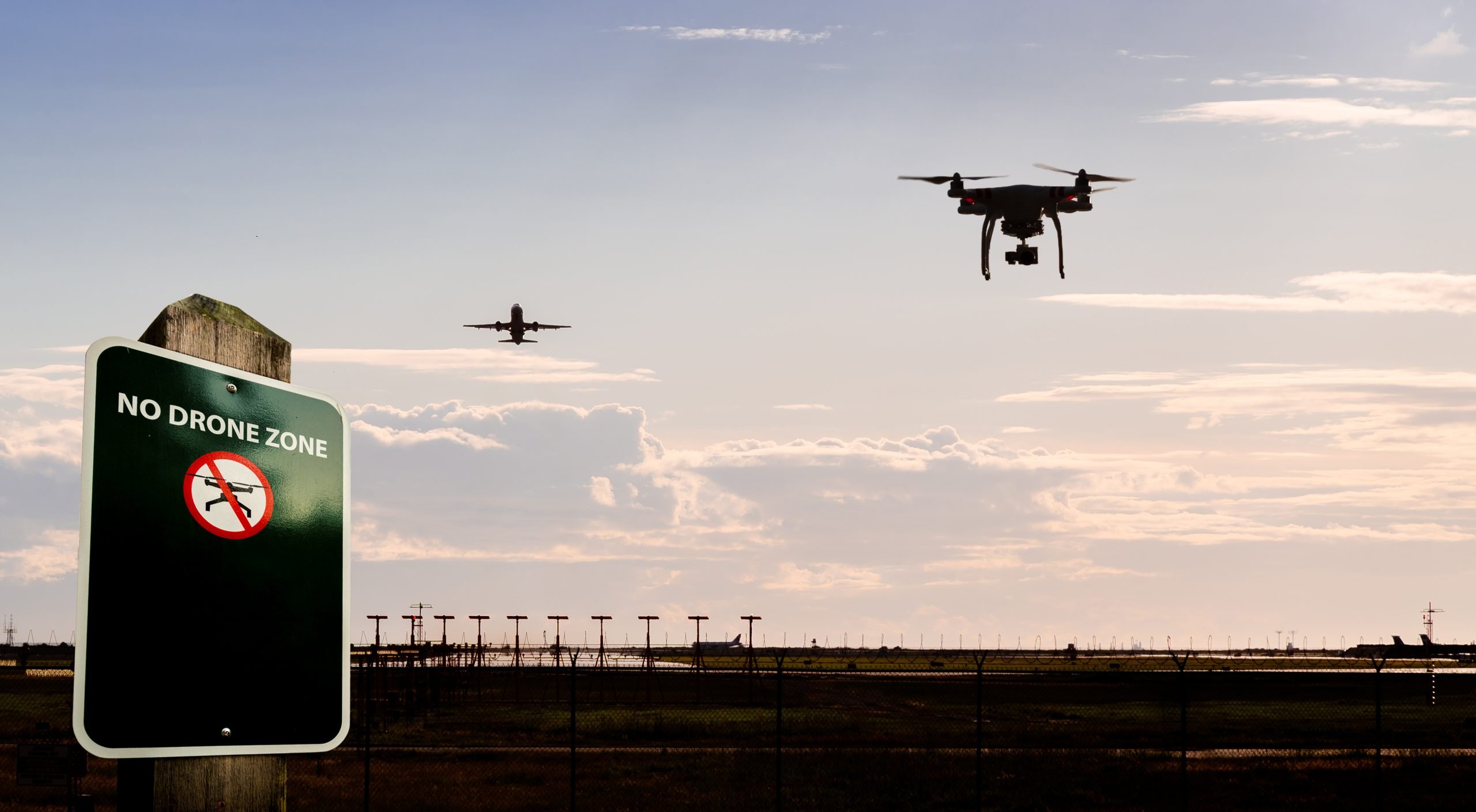🛸 Complete List of Drone Incursions Across European Airports & Military Bases (September–November 2025) — Have We All Just Normalized This?
Updated on: · By Strange Sounds · Filed under UFO and Disclosure

What is going on? Seriously. In the past six weeks, Europe has seen dozens of coordinated drone incursions over airports and military installations — yet most people scroll past as if it’s just another Tuesday.
The latest: Gothenburg Landvetter Airport (Sweden), hit within the last 24 hours. Below is the running list of “nothing to see here” events that should probably have our collective attention.
📅 The Drone Timeline — September to November 2025
November
- Nov 1 — Deurne/Antwerp Airport (BE)
- Nov 1–2 — Kleine-Brogel Air Base (BE)
- Nov 2 — Bremen Airport (DE)
- Nov 4 — Brussels, Liège, Florennes, Schaffen & Kleine-Brogel (BE)
- Nov 5 — Heverlee Barracks (BE), Hanover Airport (DE)
- Nov 6 — Gothenburg Landvetter (SE), Brussels & Melsbroek Air Base (BE), Gilze-Rijen (NED)
October
- Oct 2–3 — Munich Airport (DE), Elsenborn Military Base (BE)
- Oct 8 — Geilenkirchen NATO Base (DE) (reported, later disputed)
- Oct 18 — Brandenburg (DE) (multiple sightings)
- Oct 19 — Palma de Mallorca Airport (ES)
- Oct 27 — Alicante Airport (ES)
- Oct 29 — Marche-en-Famenne Base (BE)
- Oct 31 — Berlin Brandenburg (DE), Ostend, Kleine-Brogel (BE)
September
- Sep 22 — Copenhagen (DK), Oslo (NO), Mourmelon-le-Grand (FR)
- Sep 24–26 — Aalborg, Sønderborg, Esbjerg, Skrydstrup, Sanitz, Karlskrona, Kiel (DK/DE/SE)
- Sep 27 — Amsterdam Schiphol (NL), Vilnius (LT), Karup (DK), Rovaniemi (FI)
- Sep 28–30 — Brønnøysund (NO), Sleipner Gas Field (NO)
At this point, you could draw lines on a map and realize something is probing European air defenses systematically — airports, military installations, energy hubs, even mystery boom regions. The question is no longer “if” but “why.”
🤖 The New Normal — Drones or Something Else?
There’s a weird collective shrug happening. Ten years ago, this kind of synchronized aerial intrusion would have caused panic. Today it barely trends. Between AI, fake news fatigue, and our post-truth reality, even if a UFO landed on the White House lawn during the Super Bowl halftime show, the timeline of public reaction would probably go like this:
- “It’s a hologram.”
- “AI / fake news.”
- “Did you go inside it though? I haven’t seen it myself.”
- “The President or NASA haven’t acknowledged it yet.”
- “Those aliens are just robots — or people in suits.”
It’s as if humanity has collectively decided that unless something beams us up personally, it’s not real. The goalposts of belief have drifted into deep space.
🇫🇷 Déjà Vu — The 2014 French Nuclear Drone Wave
This isn’t even the first time Europe’s skies went darkly weird. In October–November 2014, France experienced synchronized drone incursions over nuclear power plants — Golfech, Bugey, Tricastin, Gravelines, and others. The drones appeared at multiple sites at once, sometimes in storm conditions over 70 km/h winds. The army chased them. Nobody was ever caught. Sound familiar?
Even Électricité de France (EDF) had to file official police complaints after their engineers reported sightings. The events triggered military alerts, radar sweeps, and even helicopter chases — yet no one was arrested. French Senate reports later confirmed the events but gave no conclusion.
The media speculated UFOs. Others blamed foreign intelligence. But one fact remains: these drones shouldn’t have existed in 2014 — high-speed, long-range, low-altitude machines flying simultaneously across hundreds of kilometers in violent weather. Sounds less like Amazon prototypes, more like… something else.
🚨 So What Are We Dealing With?
Fast forward to now — same pattern, broader scope. Civilian and military airspace across the EU repeatedly penetrated by unknown aerial devices, sometimes in clusters. Governments remain tight-lipped. Press coverage is minimal. The online reaction? Mostly memes.
If these are truly “drones,” then whose are they? And if they’re not — well, that’s a far stranger conversation.
At this point, the only thing that would convince half the population would be an extraterrestrial knocking on their door and asking for the Wi-Fi password.
Until then, we’ll keep tracking — because the skies over Europe are getting crowded again, and history shows these stories don’t end quietly.
Sources:
Forum-OVNI-Ufologie · Univers-OVNI summary · Paris Match · La Dépêche · French Senate Report
PayPal or Donorbox.
📰 Subscribe to the Strange Sounds Newsletter.
👉 Follow & share: Facebook · Twitter / X
Witnessed a UAP? Comment below or contact us.
❓ FAQ — What’s Really Going On With These Drones Over Europe?
What is happening with drones over European airports and military bases?
In the last six weeks, multiple unidentified drones have been reported over airports, NATO bases, military barracks and critical infrastructure across Europe — from Belgium and Germany to Scandinavia and Spain. Many of these sightings come in waves on the same day, hinting at coordination rather than random hobby flights.
Are these drone incursions related to UFOs or UAP?
Officially, they’re “drones.” Unofficially, the pattern looks disturbingly similar to UAP-style probe behavior: synchronized appearances, no clear operator, high-risk airspace, and no arrests. Just like the 2014 French nuclear incident wave, some observers believe the “drone” label is being used as a convenient box for something that doesn’t fit anywhere else.
Has any European government explained the recent drone waves?
No clear public explanation has been given. Authorities typically confirm “drone activity,” briefly suspend flights or operations, and then go quiet. There have been no public claims of responsibility, no detailed technical breakdowns, and no satisfying explanation of who is flying these devices and why they target sensitive sites in clusters.
How is this similar to the 2014 French nuclear drone incidents?
In 2014, French nuclear plants experienced night-time, often weather-defying drone incursions at multiple sites, sometimes simultaneously. Military helicopters chased them. Nothing was caught. Today’s European incidents show the same core traits: synchronized timing, sensitive targets, and a total lack of publicly identified operators. Different decade, same mystery.
Should we be worried about these drone incursions?
From a security standpoint: yes. Someone — or something — is probing restricted airspace and critical infrastructure across multiple countries. From a psychological standpoint, the bigger concern might be our collective numbness. If coordinated incursions over airports, bases and energy sites barely register, what exactly would it take for people to pay attention?













Why don’t they just shoot them down? Surely on a military base, there are plenty of marksmen? And whoever what or who they are can have no complaints. i am more surprised they don’t do this than hearing about the drones.